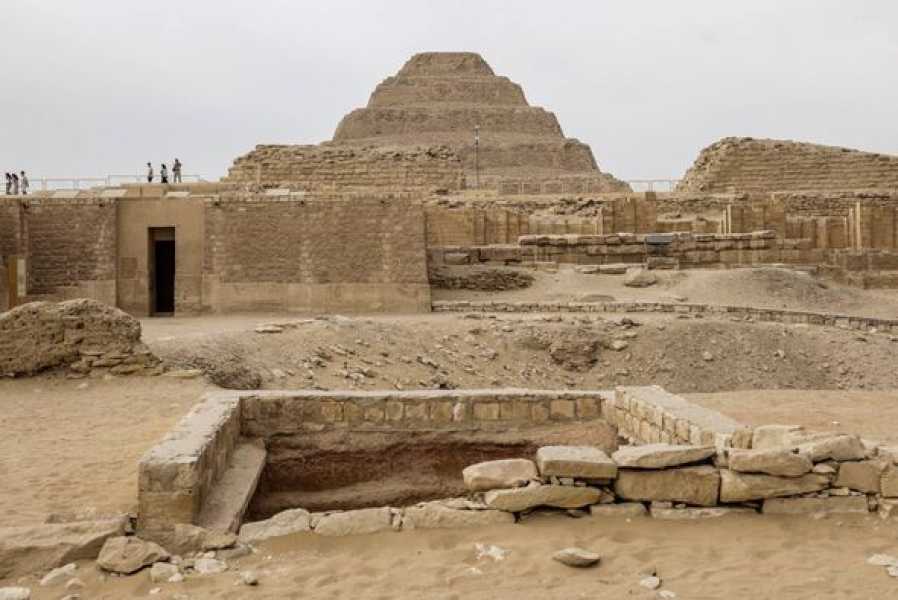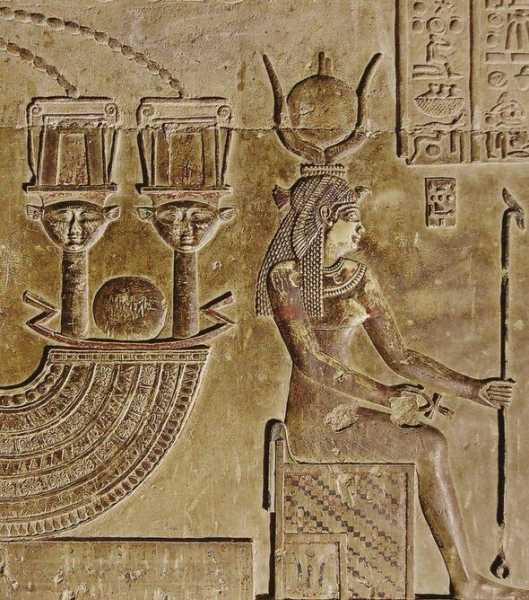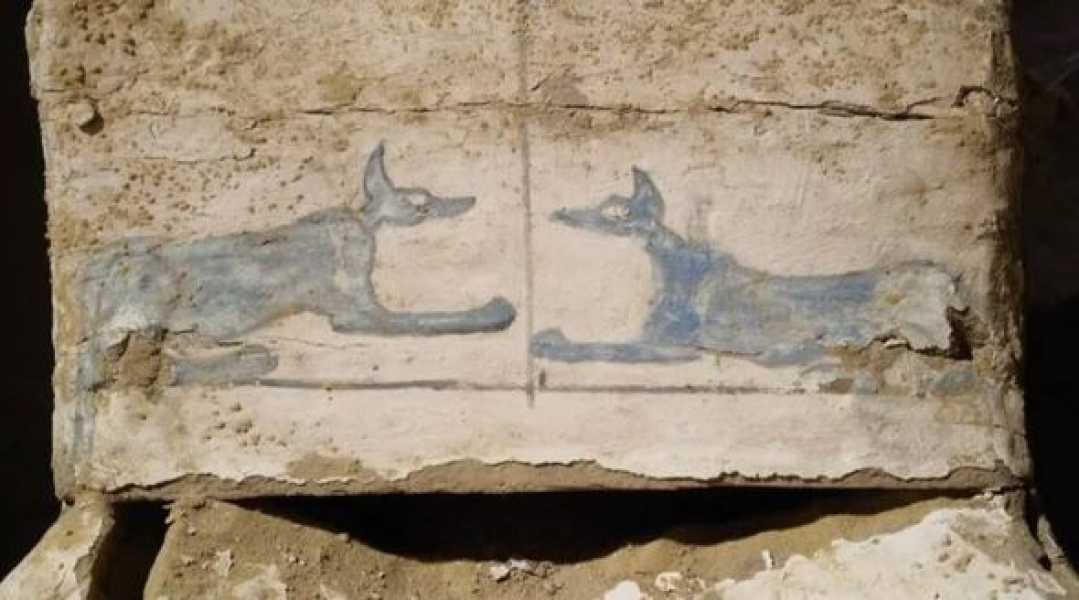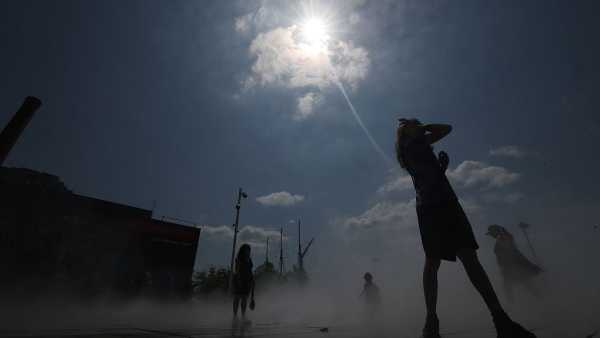The New Kingdom cemetery contains mummies, amulets, statues, organ jars and a 43-foot papyrus scroll containing part of the Book of the Dead, but experts have yet to reveal its contents. Share this article Share this article Facebook X LinkedIn Reddit Bluesky Email Copy link Link copied Bookmark this Comment

Despite our extensive knowledge of the culture of Ancient Egypt, and despite the confident claims of conspiracy theorists, many mysteries remain unsolved.
Archaeologists may be closer to solving new mysteries with the discovery of a 3,500-year-old New Kingdom cemetery in central Egypt.
Article continues below ADVERTISEMENT
The archaeological team discovered mummies, amulets, statues, canopic jars for storing organs and a 43-foot papyrus scroll from part of the Book of the Dead.
However, despite the discovery of these hidden treasures and significant artifacts, archaeologists are still keeping the details of this “Book of the Dead” under wraps, as Live Science reports.
The term “Book of the Dead” covers a variety of texts that served a variety of functions during Egypt's heyday, including guiding the dead on their journey through the underworld.
This particular scroll, found in 2023, is the first complete text discovered in the Al-Ghuraifa area and, as Mustafa Waziri, former secretary general of Egypt's Supreme Council of Antiquities, noted, “is distinguished by being in good condition,” the Mirror US reports.

Dating the cemetery to between 1550 and 1070 BC, experts believe that hundreds of archaeological objects have been found at the site.
However, this ancient manuscript is considered an unusual find, which only increases the interest associated with the silence about its contents.
Lara Weiss, director general of the Römer-Pelizaeus Museum in Germany, looked into the important discovery in detail and told Live Science, “If it's that long and so well preserved, then it's certainly a remarkable and interesting find.”

During the excavations, several coffins and mummies were found, including one belonging to the daughter of the high priest of Amun, an ancient deity associated with air, wind and fertility.
Another coffin was also found, believed to belong to a temple singer who worshipped Amun.
While these findings are significant, a thorough examination of additional parts of the Book of the Dead is expected to shed light on previously unknown aspects of ancient Egyptian religious practices, beliefs and rituals related to the afterlife, according to the American Research Center in Egypt.
The center elaborated on the significance of the Book of the Dead, stating: “The Book of the Dead reveals fundamental aspects of the ancient Egyptians’ belief system,” and noted how Egyptological theories evolve with each new interpretation of the text.
The research institute also added: “Familiar scenes – such as the weighing of the deceased's heart against a feather on a scale or the eternal destruction of the soul by a deity made up of animal parts – originate in the Book of the Dead.”
“With such powerful narratives, it becomes clear why Egyptian beliefs about the afterlife are so ingrained in our collective memory.”
SUBSCRIBE Invalid email address
We use your registration to deliver content in ways you have consented to and to improve our understanding of you. This may include advertising from us and third parties based on our understanding. You can unsubscribe at any time. See our Privacy Policy.
Sourse: www.express.co.uk





